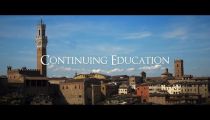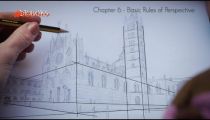Nebbia
As a college student years ago, I went to see Fellini’s beautiful film “Amarcord.” Many scenes have stuck with me forever. One in particular: the fog scene. The grandfather of the family steps outside his gate one morning, only to lose his house in the fog. The world seems to have disappeared. He wonders if Death is like this.
A link (if there’s not some secret cyber-law to prevent me from offering a link within a blog):
Though I loved “Amarcord,” I assumed the fog scene had to be interpreted as proof of Fellini’s tendency toward exaggeration. I did not understand what fog could mean.
In early adulthood I spent two years in London—a city famous for its fog. I still did not understand what fog could mean. And later, I lived along the seashore, a stone’s throw from the water’s edge. I thought I knew all about fog, but I didn’t.
Not until I moved to Italy, land of Fellini. His fog scene, I discovered, counted more as documentary than fantasy. Nobody does fog like Italy. Nebbia is the perfect word, the thickness of the double-b recreating opacity in admirable onomatopoeia.
A couple of shots from a wintry walk here in Tuscany.
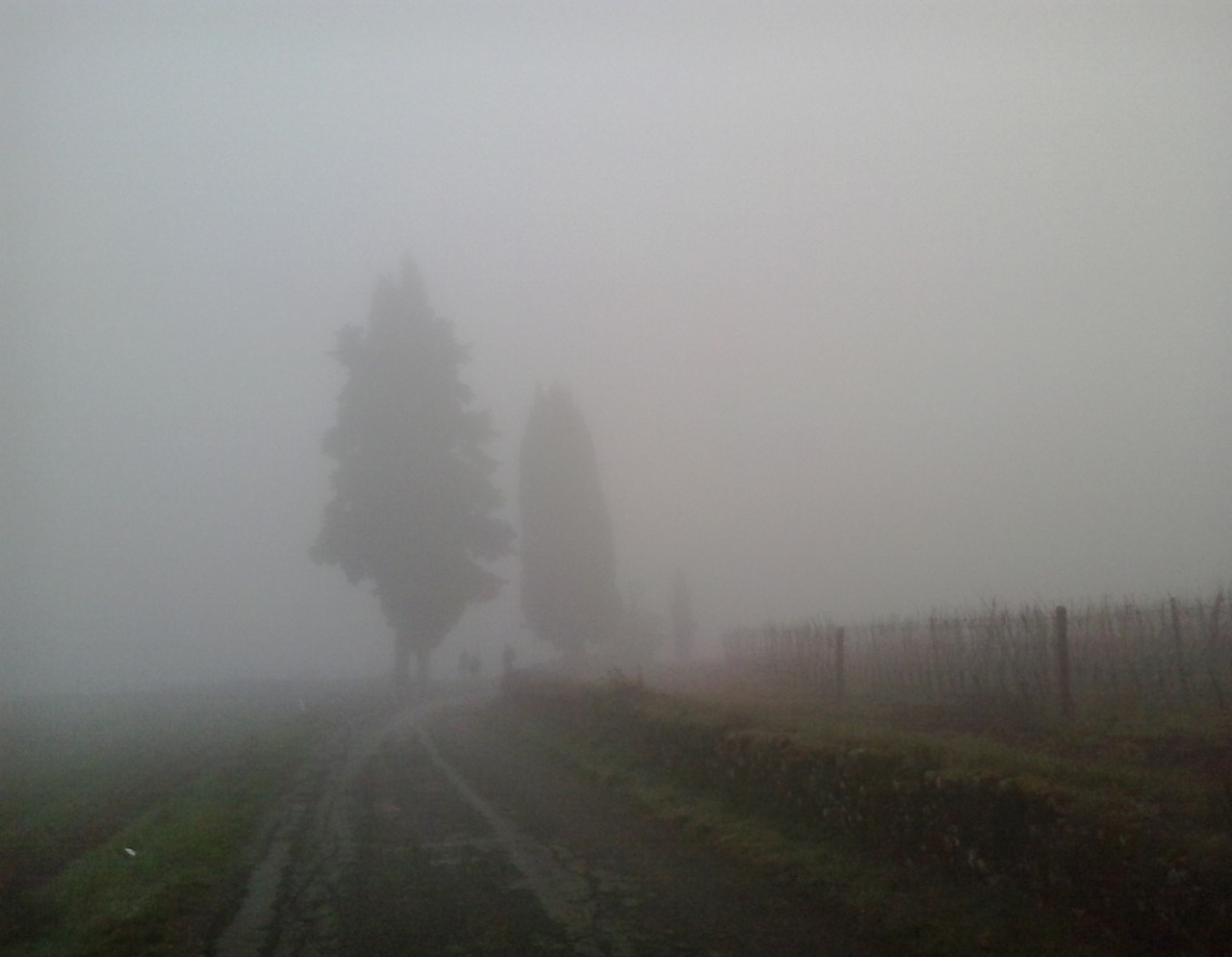
Luisa, my mother-in-law, lives up north along the banks of the River Po. She likes fog. She tells me she finds it suggestiva—which probably translates best as “evocative.” I snapped some shots of her home town on a recent visit.
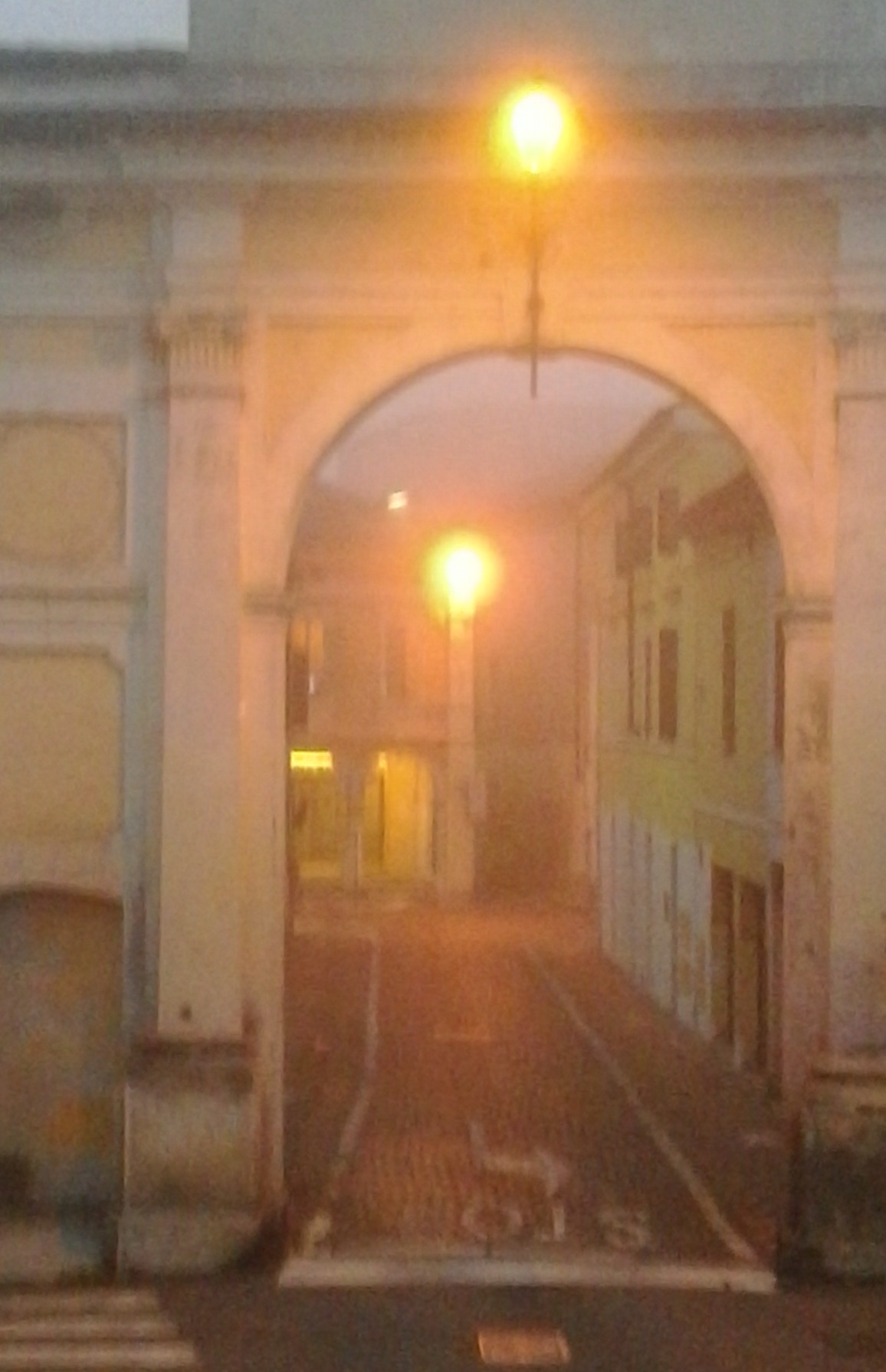
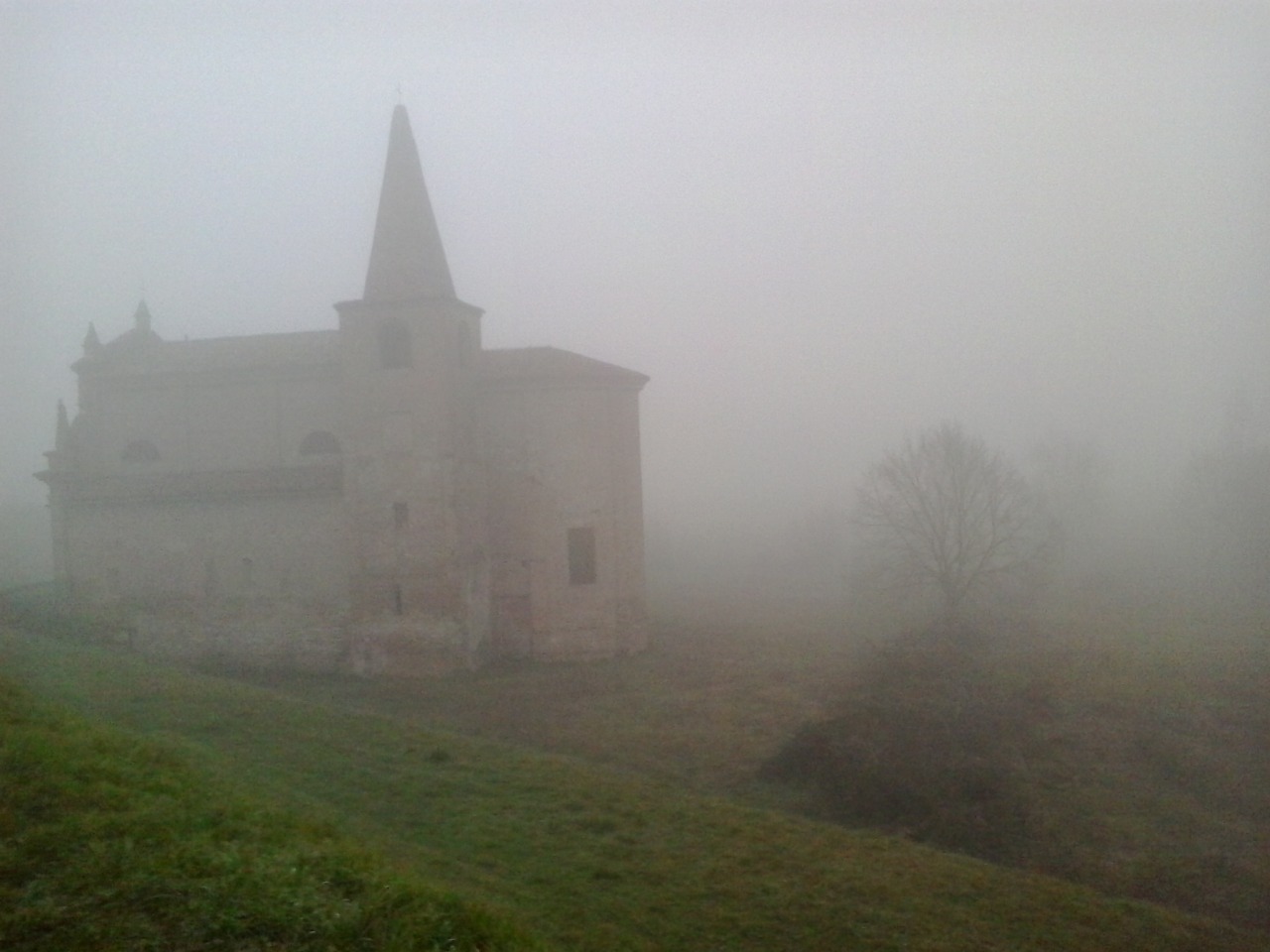
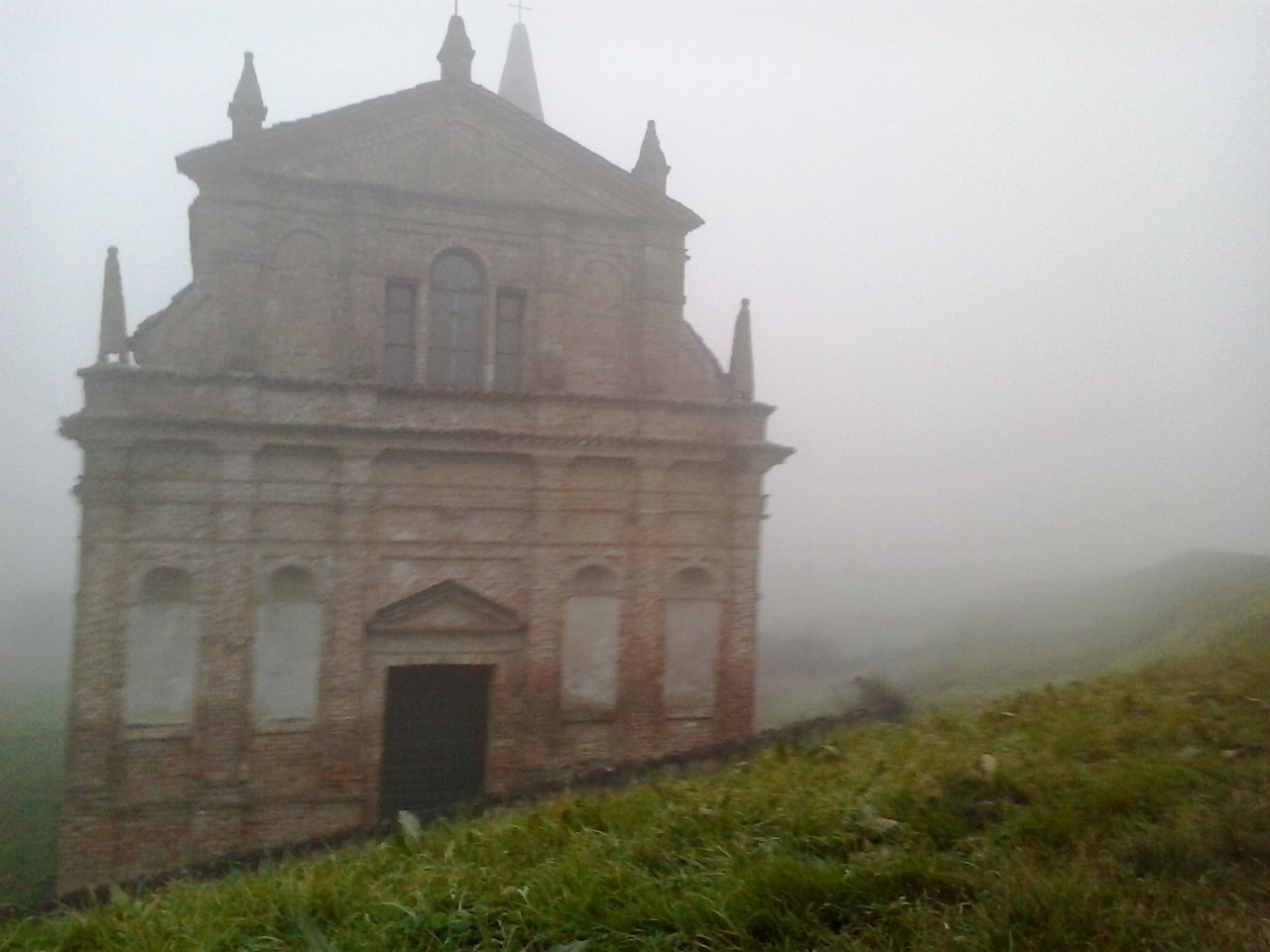
Evocative, yes. Existential, I would add. Felliniesque as well.
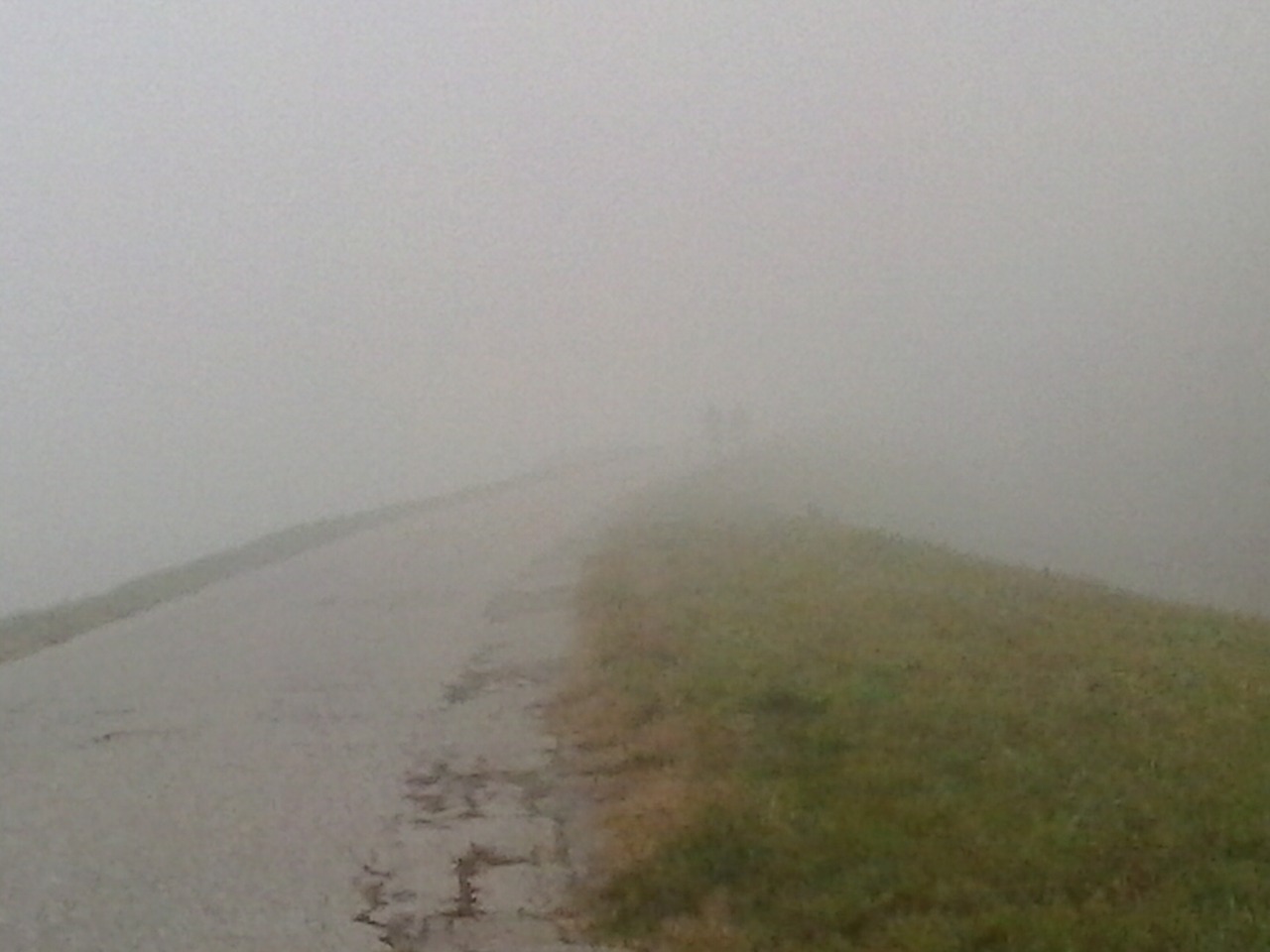
Jeff Shapiro,
Creative Writing teacher






